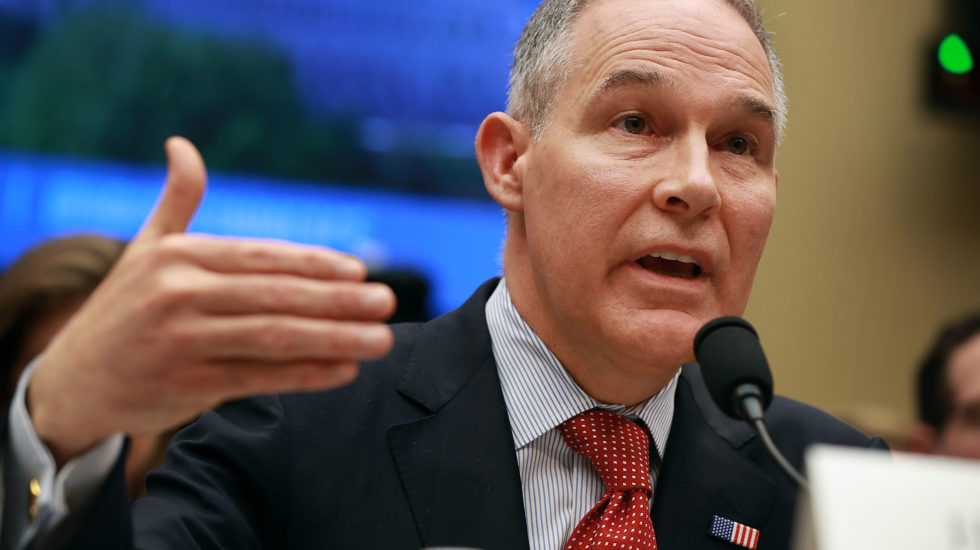Today was a perfect example that the current administration doesn’t understand how a free press works. Three outlets were barred from covering a chemical summit run by the Environmental Protection Agency. CNN, the Associated Press and E&E News (an environmental site) were all blocked from going inside the event. Not only that, the AP says security guards went a step further, taking physical action against one of its reporters.
“Guards barred an AP reporter from passing through a security checkpoint inside the building. When the reporter asked to speak to an EPA public-affairs person, the security guards grabbed the reporter by the shoulders and shoved her forcibly out of the EPA building.”
In a statement CNN said:
“Today, CNN was turned away from covering the PFAS National Leadership Summit at the EPA after multiple attempts to attend. While several news organizations were permitted, the EPA selectively excluded CNN and other media outlets. We understand the importance of an open and free press and we hope the EPA does, too.”
AP Executive Editor Sally Buzbee said:
“The Environmental Protection Agency’s selective barring of news organizations, including the AP, from covering today’s meeting is alarming and a direct threat to the public’s right to know about what is happening inside their government. It is particularly distressing that any journalist trying to cover an event in the public interest would be forcibly removed.”
This morning's PFAS Leadership Summit at @EPA headquarters is open to the press… just not to reporters from @EENewsUpdates, @AP or @CNN. We've all asked the agency's press office why we're being selectively shut out and have gotten no responses.
— Corbin Hiar (@CorbinHiar) May 22, 2018
When asked about banning reporters the EPA reportedly cited space issues, but The Hill points out that excuse doesn’t add up:
“…a handful of assigned reporter seats remained vacant by the time Pruitt began speaking, including one for a Wall Street Journal reporter who decided to watch the event via the livestream instead. A seat marked for Hearst Media was left open. Another publication was invited to the event but declined to send a reporter after learning that Pruitt would not be taking questions. CBS was the only major news outlet recording the event on video from the back of the room.”
After major criticism, the EPA changed course and suddenly found room for the outlets in the afternoon portion of the event, but. Politico reports:
“EPA later reversed course and said it would allow reporters to attend the afternoon sessions of the summit, three hours after initially ejecting the media. But that didn’t reassure activists from the communities that have been exposed to the chemicals, known as PFAS, who were allowed little access to the summit.”
An AP reporter was forcibly removed from a public EPA hearing on contaminated drinking water. Forget your politics — even if you love Scott Pruitt — this is a very dangerous development and can't be accepted without a fight. https://t.co/6MPLCAkVxs
— Glenn Thrush (@GlennThrush) May 22, 2018
This really should go without saying: Reporters trying to cover a government event shouldn’t be shoved for any reason. And the Trump administration can’t exclude certain news outlets just because it doesn’t like their coverage.https://t.co/A0Y9WXe9di
— ACLU (@ACLU) May 22, 2018
Now they are sending the guards after reporters.
If we don’t elect a new Congress willing to exercise oversight, and boot these tyrants out of office, our First Amendment liberties and our environment could both be gone by 2020.https://t.co/YbPejRuX4K via @NBCNews— Richard W. Painter (@RWPUSA) May 22, 2018



